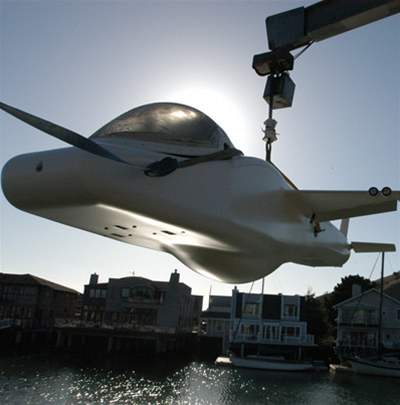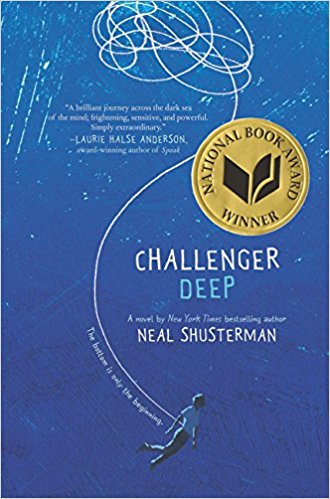
1850: Near Lofoten, Michael Sars found a rich variety of deep sea fauna in a depth of 800 m (2,625 ft), thereby refuting the Abyssus Theory.He stated that there could be no life in waters deeper than 550 m (1,804 ft), the so-called Abyssus theory. 1843: Edward Forbes claimed that diversity of life in the deep sea is little and decreases with increasing depth.1818: The British researcher Sir John Ross independently discovered that the deep sea is inhabited by life when catching jellyfish and worms in about 2,000 m (6,562 ft) depth with a special device.
#Challenger deep wiki series
1810-1827: Antoine Risso, an apothecary from Nice (then part of the Duchy of Savoy) published a series of papers that remained long ignored, describing and naming dozens of fish and crustaceans species collected by fishermen at depths between 600 and 1,000 m (1,969 and 3,281 ft) in the Gulf of Genoa.1521: Ferdinand Magellan tried to measure the depth of the Pacific Ocean with a weighted line, but did not find the bottom.Some important milestones of deep sea exploration are listed below: The extreme conditions in the deep sea require elaborate methods and technologies to endure, which has been the main reason why its exploration has had a comparatively short history. With more sophisticated use of fiber optics, satellites, and remote-control robots, scientists hope to, one day, explore the deep sea from a computer screen on the deck rather than out of a porthole.

Scientists are working to find ways to study this extreme environment from the shipboard. ĭespite these advances in deep-sea exploration, the voyage to the ocean bottom is still a challenging experience. On 25 March 2012, filmmaker James Cameron descended into the Mariana Trench in Deepsea Challenger, and, for the first time, filmed and sampled the bottom. In 1960, Jacques Piccard and United States Navy Lieutenant Donald Walsh descended in the bathyscaphe Trieste into the deepest part of the world's oceans, the Mariana Trench. In the 20th century, deep-sea exploration advanced considerably through a series of technological inventions, ranging from the sonar system, which can detect the presence of objects underwater through the use of sound, to manned deep-diving submersibles. The Challenger expedition used similar instruments called Baillie sounding machines to extract samples from the sea bed. With this instrument, he reached a depth of 3,700 m (12,139 ft) in 1840. The first instrument used for deep-sea investigation was the sounding weight, used by British explorer Sir James Clark Ross. They are also credited with providing the first real view of major seafloor features such as the deep ocean basins. The Challenger expedition covered 127,653 kilometres (68,927 nmi), and shipboard scientists collected hundreds of samples and hydrographic measurements, discovering more than 4,700 new species of marine life, including deep-sea organisms. Baillie sounding machine, an early gravity core sampler used by the Challenger expeditionįrom 1872 to 1876, a landmark ocean study was carried out by British scientists aboard HMS Challenger, a screw corvette that was converted into a survey ship in 1872.

The first deep-sea life forms were discovered in 1864 when Norwegian researchers Michael Sars and Georg Ossian Sars obtained a sample of a stalked crinoid at a depth of 3,109 m (10,200 ft). Later on, due to increasing demand for the installment of submarine cables, accurate measurements of the sea floor depth were required and the first investigations of the sea bottom were undertaken. He calculated the depth to be 3,962 metres (12,999 ft), a value later proven quite accurate by echo-sounding measurement techniques. Scientific deep-sea exploration can be said to have begun when French scientist Pierre-Simon Laplace investigated the average depth of the Atlantic ocean by observing tidal motions registered on Brazilian and African coasts. The ocean depths still remain a largely unexplored part of the Earth, and form a relatively undiscovered domain. Deep-sea exploration is an aspect of underwater exploration and is considered a relatively recent human activity compared to the other areas of geophysical research, as the deeper depths of the sea have been investigated only during comparatively recent years.

Life on the Edge 2005 Expedition.ĭeep-sea exploration is the investigation of physical, chemical, and biological conditions on the ocean waters and sea bed beyond the continental shelf, for scientific or commercial purposes.

This is an eel trap that has been modified to better catch deep sea fauna. Main article: Underwater exploration The submersible's manipulator arm collecting a crab trap containing five galatheid crabs.


 0 kommentar(er)
0 kommentar(er)
